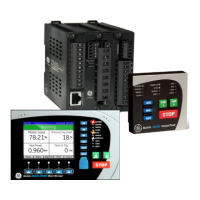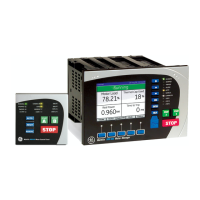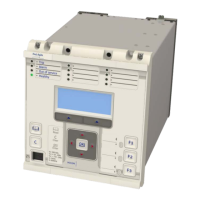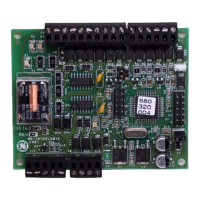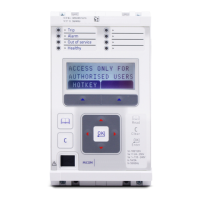difference in angle that causes inaccurate dynamic tilting. Therefore in such networks either quadrilateral with
fixed tilt angle or mho characteristic should be considered to avoid Zone 1 overreach.
Note:
You can also use Delta Directional schemes to detect high resistance faults.
7.4.2
FIXED TILTING
As an alternative to dynamic tilting, you can set a fixed tilt angle. This is used for applications where the power flow
direction is unidirectional.
Exporting End
To secure stability, the tilt angle of Zone 1 at the exporting end has to be set negative and above the maximum
angle difference between sources feeding the resistive faults. This data should be known from load flow study, but
if unavailable, the minimum recommended setting would be the angle difference between voltage and current
measured at local end during the heaviest load condition coupled with reduced Zone 1 reach of 70-75% of the line
impedance.
Note:
With a sharp fixed tilt angle, the effective resistive coverage would be significantly reduced. Therefore for short lines, dynamic
tilting (with variable tilt angle depending on fault resistance and location) is preferred. For all other overreaching zones, set the
tilting angle to zero.
Importing End
Set zone 1 tilt angle to zero and for all other zones the typical setting should be positive and between +5° and +10°.
Note:
The setting accuracy for overreaching zones is not crucial because it does not pose a risk for distance maloperation. The
purpose is to boost Zone 2 and Zone 4 reach and improve the performance of Aided Schemes.
7.5
PHASE FAULT ZONE SETTINGS
If you use the Advanced Setting Mode, in addition to the reach and compensation settings, you have additional
settings to enter.
Each zone has a minimum current sensitivity setting (Zn Sensit. Iph>) which sets the minimum current that must
be flowing in each of the faulted phases before a trip can occur. It is recommended to leave these settings at their
default. An exception is where the protection is made less sensitive to match with other protection existing on the
power system, or to grade with the pickup setting of any ground overcurrent protection for tee-off circuits.
When quadrilateral characteristics are used, the tilt angles of the impedance reach lines can be set.
By factory default, the impedance reach lines of the quadrilateral characteristics are not fixed as horizontal
reactance lines. To account for phase angle tolerances in the line transformers, etc., the lines are tilted downwards
at a droop of -3°. This tilt down helps to prevent Zone 1 overreach.
The fixed tilt setting on the phase elements may also be used to compensate for overreach effects when pre-fault
heavy load export is flowing. In such cases, fault arc resistance is phase shifted on the impedance polar plot, tilting
down towards the resistive axis and not appearing to be fully resistive in nature. For long lines with heavy power
flow, the zone 1 top line might be tilted downwards in the range –5° to –15°, mimicking the phase shift of the
resistance.
P543i/P545i Chapter 7 - Distance Protection
P54x1i-TM-EN-1 197
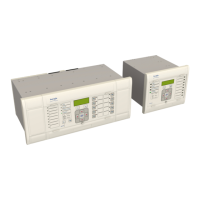
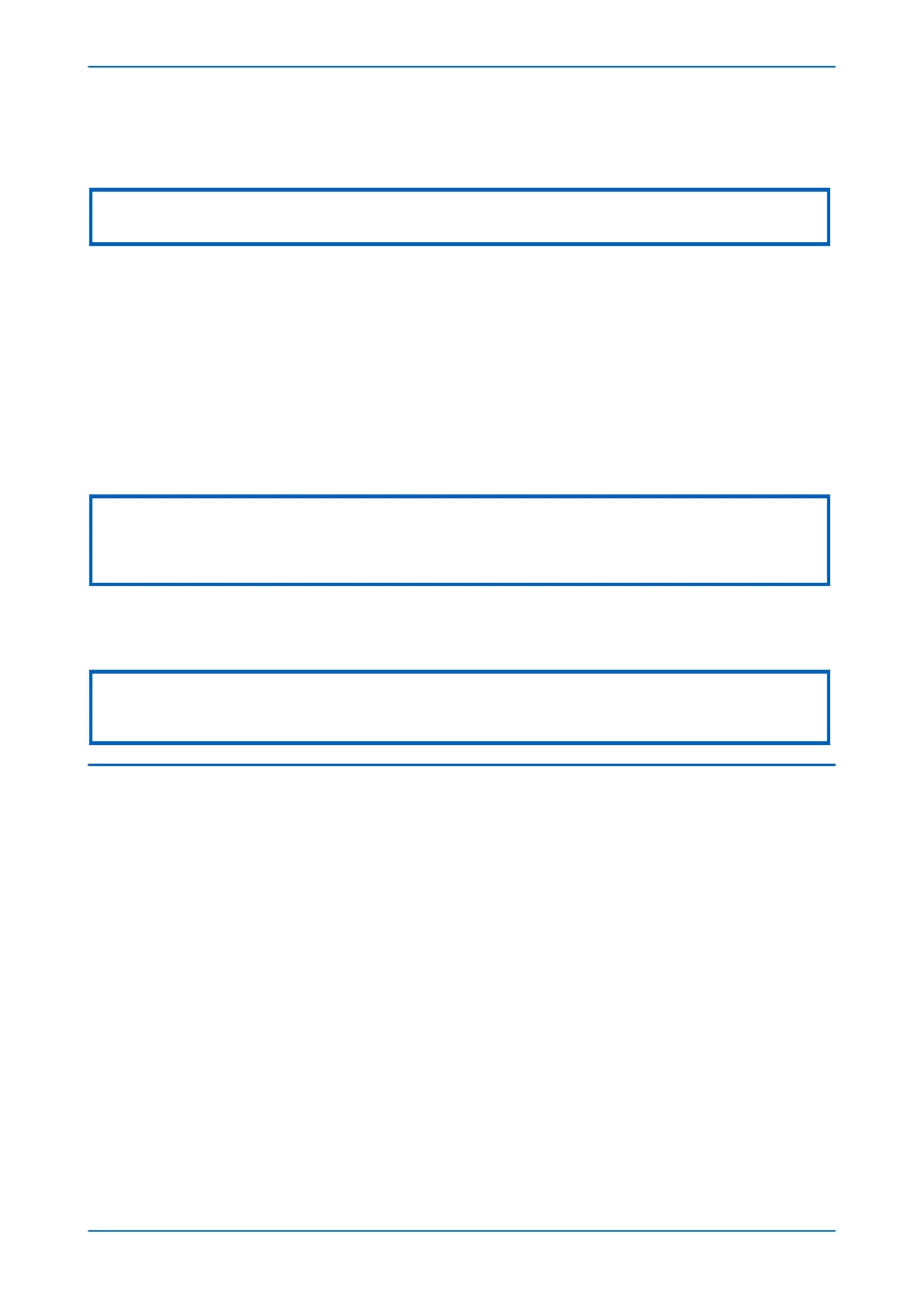